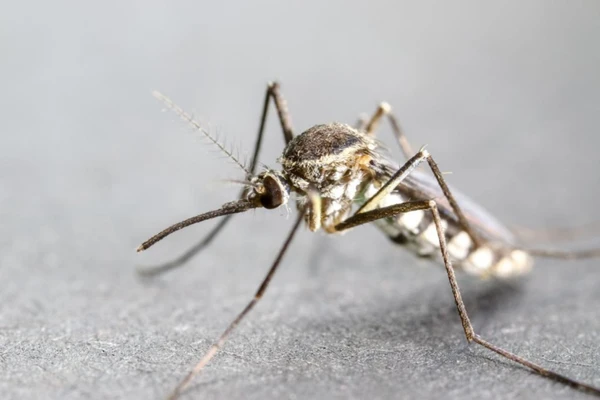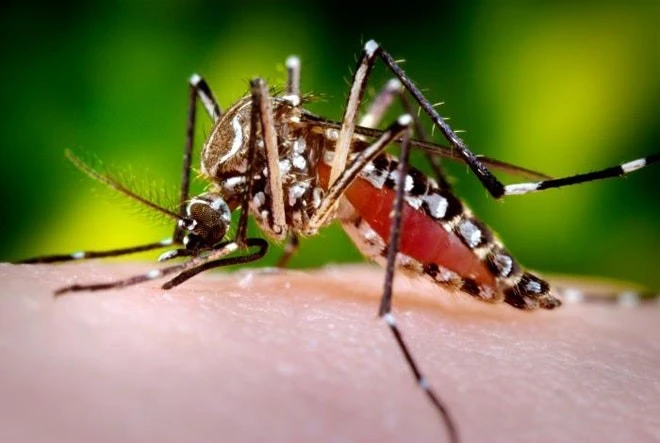Genetically modified (GMO) mosquitoes, specifically Anopheles stephensi, were recently released in Djibouti, East Africa, as part of the ‘Djibouti Friendly Mosquito Programme’ to combat malaria.
Rise of Anopheles stephensi:
- Anopheles stephensi was first detected in Africa in 2012, originating from South Asia and the Arabian Peninsula.
- Djibouti, initially reporting 27 malaria cases in 2012, saw a drastic increase to over 73,000 cases by 2020, attributed to the invasive mosquito.
- The mosquito’s adaptability to urban environments poses a significant challenge, especially in Djibouti where 70% of the population resides in the capital city.
Ref: Source
| UPSC IAS Preparation Resources | |
| Current Affairs Analysis | Topperspedia |
| GS Shots | Simply Explained |
| Daily Flash Cards | Daily Quiz |
Frequently Asked Questions (FAQs):
What is Anopheles stephensi?
Anopheles stephensi is a type of mosquito originating from South Asia and the Arabian Peninsula, known for its role in transmitting malaria.
Why is Anopheles stephensi considered a significant challenge in urban areas?
This mosquito is highly adaptable to urban environments, increasing the risk of malaria in densely populated cities.



